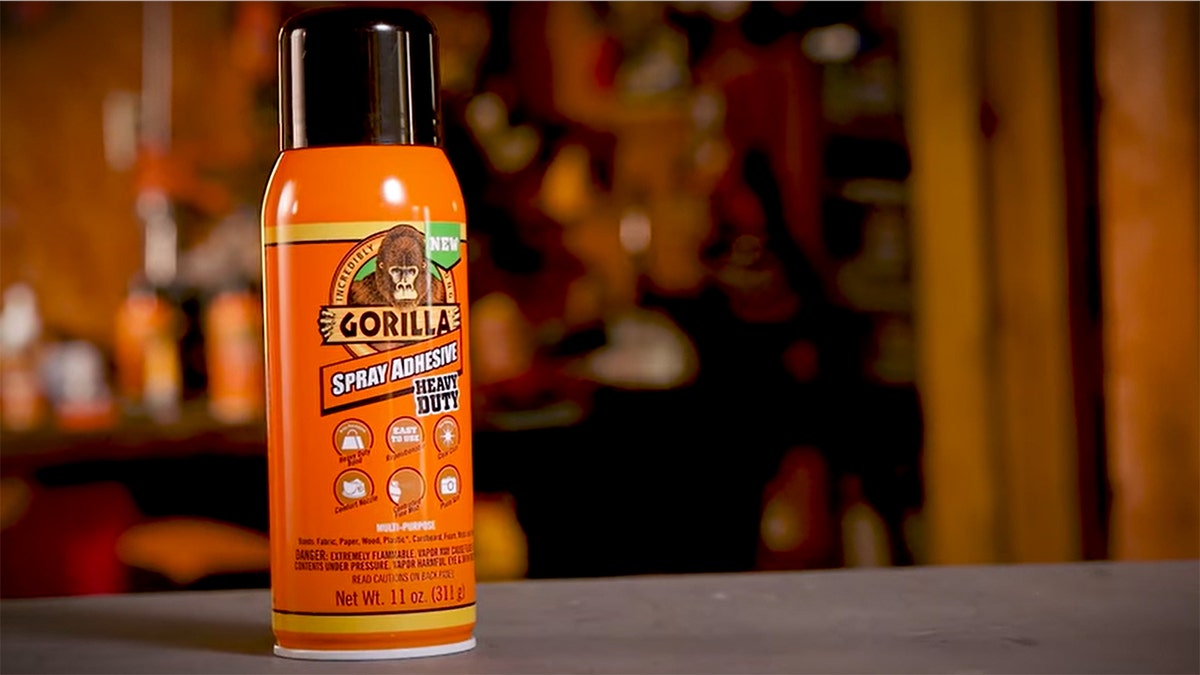Fox News Flash top headlines for February 12
Fox News Flash top headlines are here. Check out what's clicking on Foxnews.com.
What a sticky situation.
Louisiana woman Tessica Brown has brought the dangers of ultra-strong adhesives to light after going viral on TikTok for documenting the struggles she suffered from styling her hair with Gorilla Glue. Following a successful surgery with a plastic surgeon in Los Angeles on Thursday, Brown’s hair is finally free.
With the saga finally untangled, Dr. Diane Calello, the executive and medical director of the New Jersey Poison Center and a professor at the Rutgers New Jersey Medical School, spoke with Fox News about the risks that adhesives pose to hair and skin, and offered a word of caution about the powerful products.
@im_d_ollady Stiff where????? Ma hair 🤬🤬
♬ original sound - Tessica Brown
To begin, Calello said the most hazardous risk that ultra-strong adhesives pose to the body is that such products are not only difficult to remove, but they also often irritate skin and hair.
DRY SKIN AMID THE CORONAVIRUS PANDEMIC, WINTER: TIPS TO AVOID MAKING IT WORSE
"If left on the hair or skin a long time, a contact irritation will develop which can cause the skin or hair to become irritated, itchy, and even seem like a burn," she explained. "Another danger is when these products are applied near the eye, a more delicate tissue. Poison Control Centers receive calls about glues mistaken for eye drops being instilled into the eye, and these have to be treated carefully."
Which adhesives, exactly, should people avoid close contact with? "All of them!" Calello exclaimed.
"Any household ultra-strong glue should not be used to attach skin or hair. We use ultra-strong glue in the medical setting to close wounds, but even that must be done by a skilled provider to prevent the glue from gluing the wrong things together," she offered.
In the event that an ultra-strong adhesive gets stuck to hair or skin, the doctor recommended immediately applying a petrolatum-based ointment, like Vaseline, to help soften the glue and ultimately lift the product.
"It does not happen instantly, however, and patience is important," she warned.
MODERNA COVID VACCINE HAS CAUSED SIDE EFFECT FOR THOSE WITH COSMETIC FACIAL FILLERS
In Brown’s case, plastic surgeon Dr. Michael Obeng told TMZ he combined medical grade adhesive remover, aloe vera, olive oil and acetone to create a solution to remove the polyurethane-based product from her locks at last. The four-hour surgery would have cost $12,500, but Obeng operated free of charge. Now, Brown is resting up on the road to recovery.
"She is currently resting and healing from the ordeal," her manager Gina Rodriguez told ET on Thursday. "As you can imagine, Tessica's scalp is extremely sensitive right now and will need some time to recover."

The public has greatly empathized with the viral plight of Brown, who has called herself "Gorilla Glue girl" in documenting her struggles on social media. (Gorilla Glue)
CLICK HERE FOR FOX NEWS' CONTINUING CORONAVIRUS COVERAGE
The public has greatly empathized with the woman's viral plight, as she documented her struggles with the super-strong glue on social media. As of Friday morning, over $21,000 had been raised on her behalf through an online fundraiser.
"It’s very personal, and relatable. People try to enhance their appearance in so many ways, many of which are hazardous to health," Calello commented. "Everyone can relate to trying to look their best."
In a final word of advice, the doctor urged the public to be mindful when working with ultra-strong adhesives for their own good.
"Please, please, please don’t do this. Glue is meant to stick and stay stuck, and should never be used in this way," Calello stressed.

